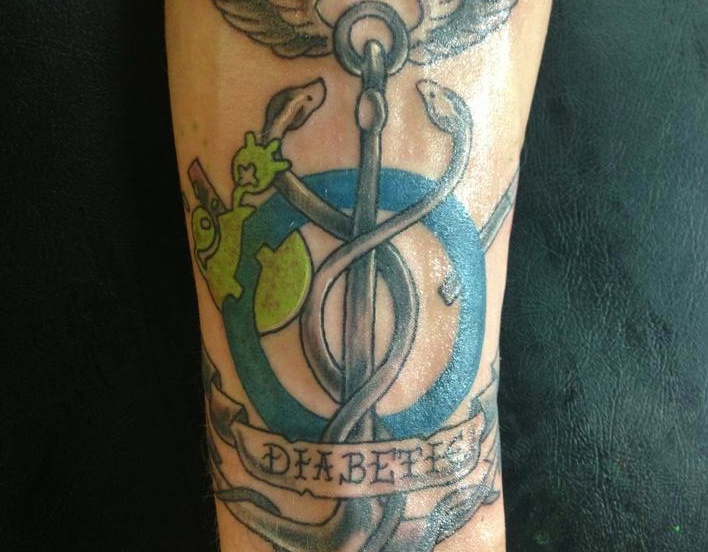In many countries, we can count on someone catching us when things turn sour, at least if we are lucky enough to have leaders of some intelligence. We call this having a society with a strong social system.
But can our social system live up to the changes we are currently facing, which come with a fast growing, aging and sedentary population? It’s very easy to get lost in the day to day stuff and forget about tomorrow. Here’s a short reminder, and the rhetorical question answered.
What does this lead to?
By 2030, in Germany, we’ll be about twice as many patients per doc compared to now. This is pretty bad news. The model of how docs take care of us who live with diabetes works, from a therapy standpoint; but not as a system. Yet we tend to hold on to this system we built, even if we know it will fall flat in just a few years. Those who will pay that bill, are the very same ones the system is built to protect: us patients. So here comes the rhetorical question I mentioned above: Are we as a society moving fast enough to solve this? Observant readers might have guessed it already: No. We are not. Unless we start to think and act in a different way, as a society, we will be in serious trouble.Move faster. Or modern technology <3 psychology
At its core, successful diabetes therapy requires the right tools, the right knowledge, and the right attitude. If one is missing, all fails. Thanks to Gary Scheiner for teaching us this. To change this system swiftly we need to apply psychology to the methodology and therapy, then make it scalable using technology. This approach worked kinda well in communications, media, logistics, banking… the list goes on. Several years ago this is what we set out to do:- Change the philosophy of diabetes therapy
- Equip us patients with superpowers, enabling us to act on our own, by moving diabetes therapy to the digital space
- Prove that it works
- Make the solution available to a LOT of people
- Create value for industry partners, making life easier for our users by tapping into therapy data streams
- Enable our users to get help when they need it - anytime and anywhere
- Then, launch the service into the healthcare system together with insurance companies. That's what we'll do in June of 2017.
Matthias, T1 since 2010, added the mySugr logo to his tattoo[/caption]
The therapy remains the same, really, but becomes better. In its essence, it’s a quest for super powers, enabled by technology.
- DiabeteDE, Diabetes in Zahlen, accessed on 1.6.2017
- Eurostat, the statistical office of the European Union, accessed on May 3, 2017
- Ehehalt, S., Dietz, K., Willasch, A.M., Neu A. Epidemiological Perspectives on Type 1 Diabetes in Childhood and Adolescence in Germany. Diabetes Care. 2010;33(2):338-340. doi:10.2337/dc09-1503.
- Zhou B, Lu Y, Hajifathalian K, et al. Worldwide trends in diabetes since 1980: A pooled analysis of 751 population-based studies with 4.4 million participants. Lancet. 2016;387(10027):1513-1530. doi:10.1016/S0140-6736(16)00618-8.
The mySugr website does not provide medical or legal advice. mySugr blog articles are not scientific articles, but intended for informational purposes only.
Medical or nutritional information on the mySugr website is not intended to replace professional medical advice, diagnosis or treatment. Always consult a physician or health care provider with any questions you may have regarding a medical condition.
